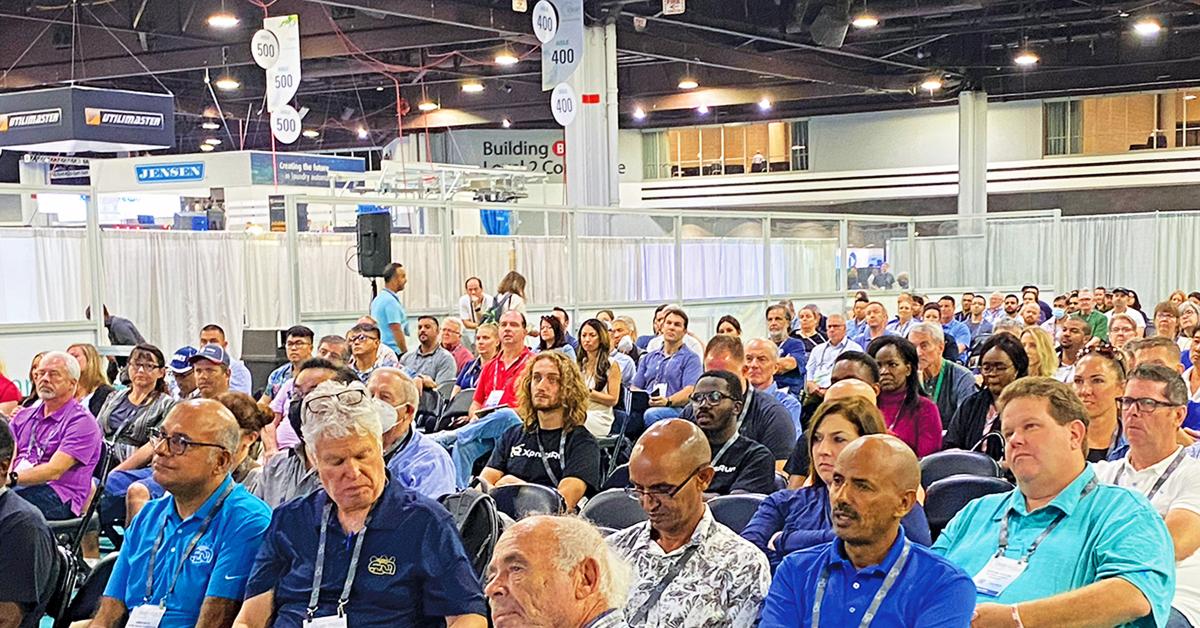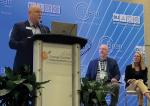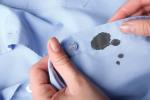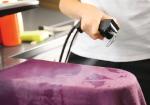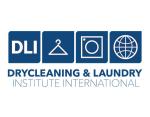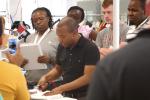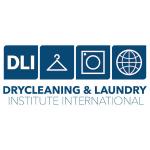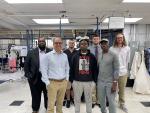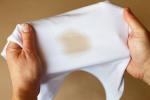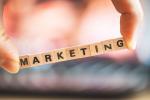ATLANTA — While the show was delayed, there was plenty of enthusiasm to be found during Clean Show 2022.
The show, held from July 30 through August 2, was organized by Messe Frankfurt and produced in collaboration with five industry associations — Association for Linen Management (ALM), Coin Laundry Association (CLA), Drycleaning & Laundry Institute (DLI), Textile Care Allied Trades Association (TCATA), and TRSA, the association for linen, uniform and facility services. This year’s event, delayed one year because of the pandemic, brought 347 exhibitors covering 216,400 square feet of the Georgia World Congress Center with the latest technology, products and services for dry cleaners and other textile care operations.
In Part 1, we looked at some of the reactions Clean Show attendees had as they hit the floor for the event, and in Part 2 we examined some of the educational opportunities provided by industry professionals. Today, we’ll explore the other sessions offered to dry cleaners that offered useful tips and ideas for their future success.
Opportunities for Growth
The drycleaning-centric sessions were sponsored by DLI and covered topics designed to help business owners make the most of the opportunities available to them. Many cleaners took full advantage of these sessions — most were filled or were close to capacity with attendees looking for concepts to move their businesses forward.
Things to Try Today — Sessions for the second day started with an examination of “The 12 Profit Activators Guaranteed to Create an Immediate Cash Flow Surge,” presented by David Coyle, who owns In the Bag Cleaners in Wichita, Kansas, and is the team leader and coach of the Maverick Drycleaners group.
Coyle explored ways to establish a business plan that can generate the type of profitability that not only changes a business but changes the owner’s life. One of the most important of these steps was the first he listed: All clients are not equal. While many cleaners focus on simply getting customers through the door, it’s critical to focus on those who will not only bring their items in regularly but don’t mind paying more for better service.
“If you take 100 people from your community, one will be rich, relatively speaking, four will be prosperous and 15 will have a good living,” Coyle says. “Now, here’s where the story gets a little dark — 60% struggle financially, which basically means they live paycheck to paycheck, and the bottom 20% are overextended, which means they’re one big event away from absolute disaster. What clients do you want? What part of the triangle?”
By putting marketing efforts into place, cleaners can attract and keep this top 20%, Coyle believes. This means running offers and providing services that cater to their needs and lifestyle, and then measuring the effectiveness of these efforts.
“If you include in your target marketing that bottom 80%, those are not going to be clients who are loyal, dependable and reliable,” Coyle says. “Those are people who believe they’re in a transactional relationship with you, as opposed to a real relationship. So, for me, it doesn’t make sense to go after new clients unless they look like they’re going to end up in our top 20% because there are so many opportunities to get the ones who do.”
The New Economic Normal — Economist Chris Keuhl, managing director of Armada Business Intelligence, took the stage for a general session to answer the question, “Now What? Expectations for 2022 and Beyond.”
Keuhl examined various elements that are making the U.S. economy challenging for business owners and complicate predicting where it’s going in the coming months and years. Factors such as pandemic recovery, Russia’s invasion of the Ukraine, rising interest rates, supply chain strains, labor shortages and other elements make forecasting murky at best.
He provided data that pointed to a slow recovery in the drycleaning industry for the next few years. This data suggested an “incremental” growth of $13.62 billion in the field from 2020 to 2025. While work-from-home lifestyles would continue to impact the industry, he says, the growth of the millennial generation into middle and upper management, coupled with the desire of this and younger generations to send out their laundry, should help the industry recover and grow in the future.
Keuhl also made a suggestion about forecasting future economic conditions based on a holiday this month.
“If you want to play junior economist at home, here’s what you do: You wait for Halloween,” he says. “Halloween is now the second-largest spending holiday on the U.S. calendar. This will be the fifth year in a row that adult costumes have outsold children’s costumes, so it has become an adult holiday. It’s a decorating holiday. If we have a good Halloween, it sets us up for good Black November. That used to be Black Friday, but now the entire month offers discounts.”
Marketing to Those Willing to Listen — The third and final day of sessions kicked off with “Marketing Through Your POS,” presented by Norman Way, vice president of Puritan Cleaners in Richmond, Virginia. He examined ways his own company and other drycleaning businesses have found success in marketing to people already inclined to hear their message — their own customers.
“It costs about five times more to acquire a new client than to retain an existing one,” Way says. By using marketing avenues such as direct mail, email, coupons, customer referral rewards, customer rewards and other methods, cleaners can build customer loyalty in a way that keeps these customers coming back and using more of your services.
Way explored several ways dry cleaners can use their point-of-sale system to aid in their marketing efforts. Some of these included the necessity to obtain and update client data, sharing with your team why this is important, the power of email and text marketing, and more.
But Way cautioned the attendees to not pick too many things at once to put into action: “Pick an item, pick two items, and go back and start implementing those today. Don’t make it a daunting task agenda, where you think, ‘How in the world am I going to do this?’”
The Global Perspective — Peter Wennekes, CEO of CINET (the International Committee of Textile Care), moderated a session titled, “CINET PTC Global Best Practices Program.” During this presentation, speakers both in-person and pre-recorded spoke about the state of the textile industry around the world.
Wennekes spoke on the challenges that the global professional textile care industry has faced, and they are the same as domestic cleaners have been dealing with: disrupted markets due to the pandemic, cost increases, and a general sense of uncertainty about what the future holds.
The U.S. textile industry’s perspective was presented by Diana Vollmer, managing director of Ascend Consulting Group, and Christopher White, executive director of America’s Best Cleaners.
Vollmer, who spoke via recording, says she believes companies that survived the challenges of the pandemic are well-positioned to see increased growth.
“Visionaries are surviving because they adapt and thrive, and create a bigger pie,” she says. “The consolidation of the industry is leaving the survivors with a bigger piece of that bigger pie.”
White says that, for those businesses that endured, the pandemic has allowed owners the opening to reinvent their company and their focus to better serve their clients.
“I don’t think anyone ever envisioned stripping your business down 90% and then trying to rebuild it,” he says. “You’d have never done it. But you have had this unique opportunity in the last two years to do just that. And what’s been great to see is the mindset shifting away from product-centric and system-centric to client- and customer-centric.”
This focus on making — and creating — services that are more convenient and useful to clients will serve cleaners well as consumer demands evolve.
Come back Thursday for the conclusion of this series, where we’ll examine some of the new products unveiled at Clean Show 2022, as well as how lead times are faring as the industry recovers from a challenging period. For Part 1 of this series, click HERE. For Part 2, click HERE.
Have a question or comment? E-mail our editor Dave Davis at [email protected].

